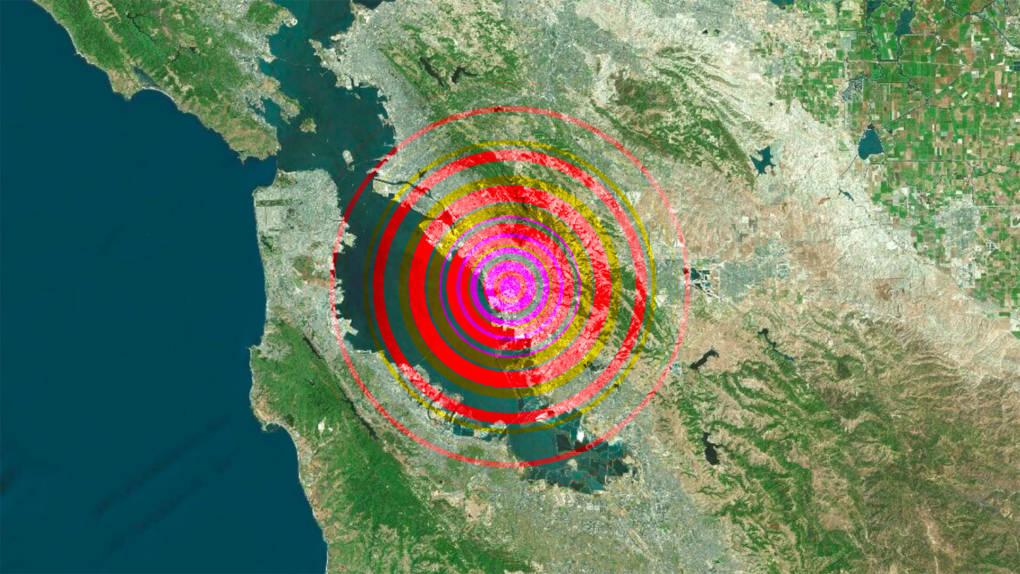
"On two straight mornings in January 2019, residents awoke to the familiar rock and roll from a cluster of relatively small earthquakes along the Hayward Fault, across the bay from San Francisco. It's not the first time, nor will it be the last. While neither the magnitude 3.4 nor 3.5 quakes broke the seismograph, the two events struck in essentially the same spot. Both had epicenters nestled in the Oakland-Berkeley Hills, just a few miles from the UC Berkeley campus."
"And while January's "felt quakes" were reported as individual events, they can be thought of as belonging to the same sequence of earthquakes. "I would actually group them together since they're so close together on the fault and call one the foreshock, and then the one from Thursday morning, the main shock," Hellweg says. What Kind of Fault? The trouble with terms like "foreshock" and "aftershock" is that scientists never know how to categorize one or the other until after the shaking settles down."
Two small earthquakes (magnitude 3.4 and 3.5) struck the Oakland-Berkeley Hills near UC Berkeley in January 2019, with epicenters close to each other. Minor seismicity occurs almost continuously along the Hayward Fault, though most events go unnoticed. The two felt quakes can be grouped as a single sequence, with one acting as a foreshock and the other as the mainshock. Classification of an event as a foreshock or aftershock requires observing subsequent activity. Small sequences commonly produce one to four felt events, and additional tiny quakes of similar size may follow in the days after.
Read at Kqed
Unable to calculate read time
Collection
[
|
...
]